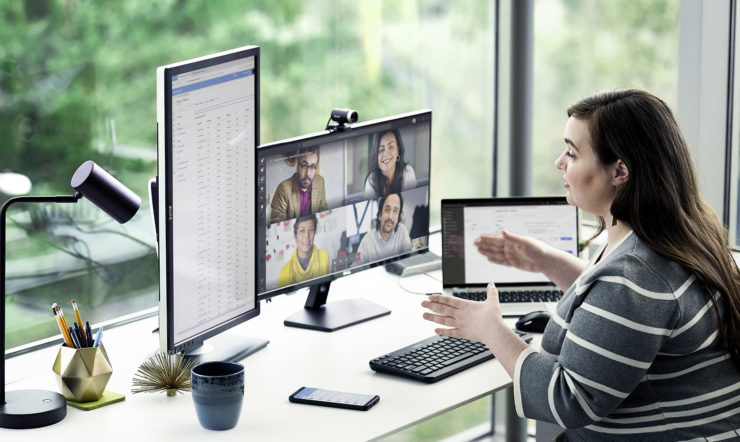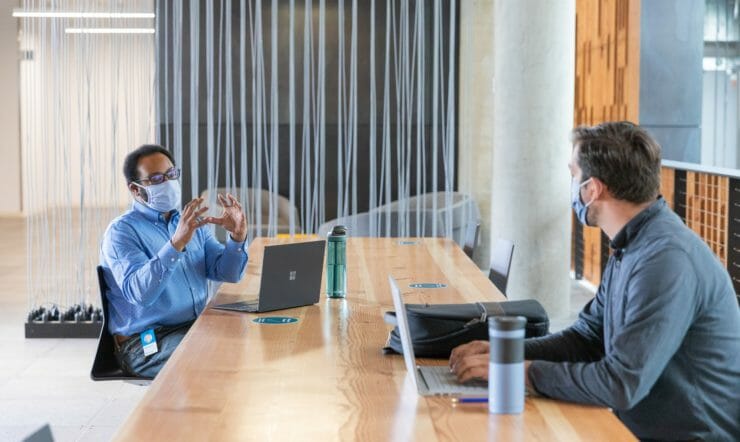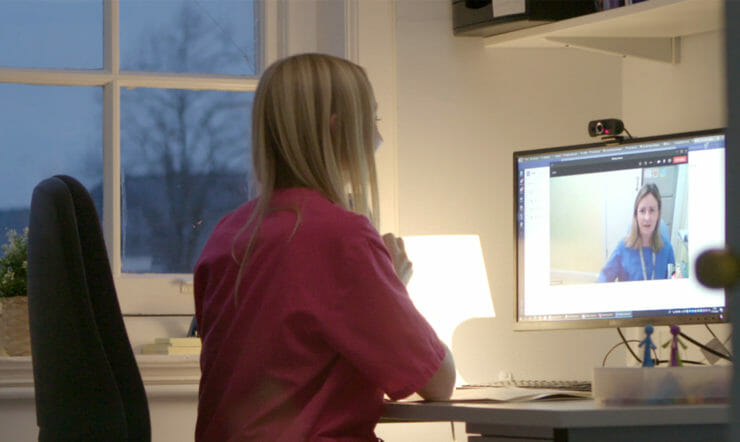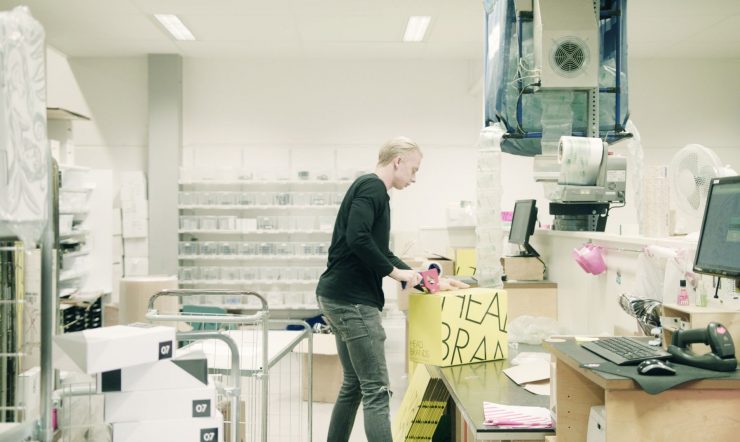I guess you could call me an ‘early adopter’ of remote work. About 15 years ago, I was responsible for mobility and convergence at a large telecoms company when those concepts were in their infancy. So, I decided I’d try to practice what I’d be preaching all day, and insisted on working remotely as often as I could. I even refused to have a fixed line or fibre, and instead relied on the old Vodafone Connect cards – remember those?
Today, we have far superior technology: excellent laptops and phones, software like Microsoft Teams, and 5G or fibre in our homes. However, what we may have failed to realize is: it’s not enough for the technology to be ready for people – people must be ready for the technology.
For obvious reasons, the early months of 2020 have necessitated an extraordinary acceleration in flexible work arrangements – but adapting to new ways of working takes time. Understandably, it will be a difficult transition for many people.
1. Switch on your camera
Well over fifty percent of communication is non-verbal. So the camera helps you to both understand others and make yourself understood.
Also, having the camera on makes me more accountable – giving me an extra reason to stick to a routine – dressing and behaving as if I were stepping into the office.
2. Use the chat functionality on Teams
If you’re using Microsoft Teams, chat is a great way to keep the energy up in meetings with lots of participants. There may be only a handful of people actively speaking, but the others should be encouraged to comment on what’s being said, ask questions, create little polls, or even just add emojis and reactions. It really helps to keep everyone engaged.
3. Use your headset
Up until very recently when our lockdown measures eased slightly, I had two children home schooling while I worked, so wearing my headset had lots of benefits
For those with noise cancellation, even better – this will help you stay focused, and avoid distractions whoever you’re living with.
4. Schedule breaks
It’s easy to forget there are lots of natural breaks when you’re working in the office and having face-to-face meetings. Think about how to build these into your schedule at home.
5. Keep moving
Block this time in your agenda.
If you have the space, it’s also useful to move around and work in different parts of your home. Some meetings may be very formal. In which case, try to raise your laptop to the right level, consider the lighting in the room and Equally, if I’m having an informal chat or a one-to-one meeting, you may want to just recline on the sofa or in a more relaxed chair. And, if you’d prefer people didn’t see your background, use blur functionality to keep your environment more private.
6. Transition between roles
You may need to fulfil several roles right now: colleague, partner, parent, home teacher. You may be able to perform all of them perfectly well. But it’s unlikely you can do so all at the same time.
Try to delineate your day so you only have to focus on a single role at once. If you can, say to your family, “I’m going to work now. See you in four hours.” Then go to another room, close the door and become unavailable.
Do the same for family time and home schooling, too. Lots of people feel they need to be ‘always on’ and overwork when they’re at home. Allocate time where you don’t take calls or check your emails.
7. Stay sociable
You may have discovered new ways to keep in touch with your friends and family during lockdown. That’s great. But don’t forget social interaction is vitally important among colleagues as well.
It just takes a bit more planning. Perhaps arrange things like daily coffee video meetings, or Friday drinks – where business talk is deliberately kept to a minimum. Perhaps arrange to eat lunch with a colleague over Teams, just as you would go to the canteen in the office.
This isn’t just important for motivation and mental health either, it’s important for business. A few years ago, a study commissioned by Microsoft found less than 20% of the best ideas were actually conceived within work settings, like meetings or brainstorms. In fact, the vast majority of those ideas arrive during casual exchanges with colleagues. Another compelling reason to safeguard that informal time.
Finally, if there’s just one thing you take away, let it be this:
If you’re new to working from home and struggling to adjust, that’s ok! Hang in there – it’ll get easier. Before you know it, you’ll be a pro – and ready for whatever the future has in store.

























